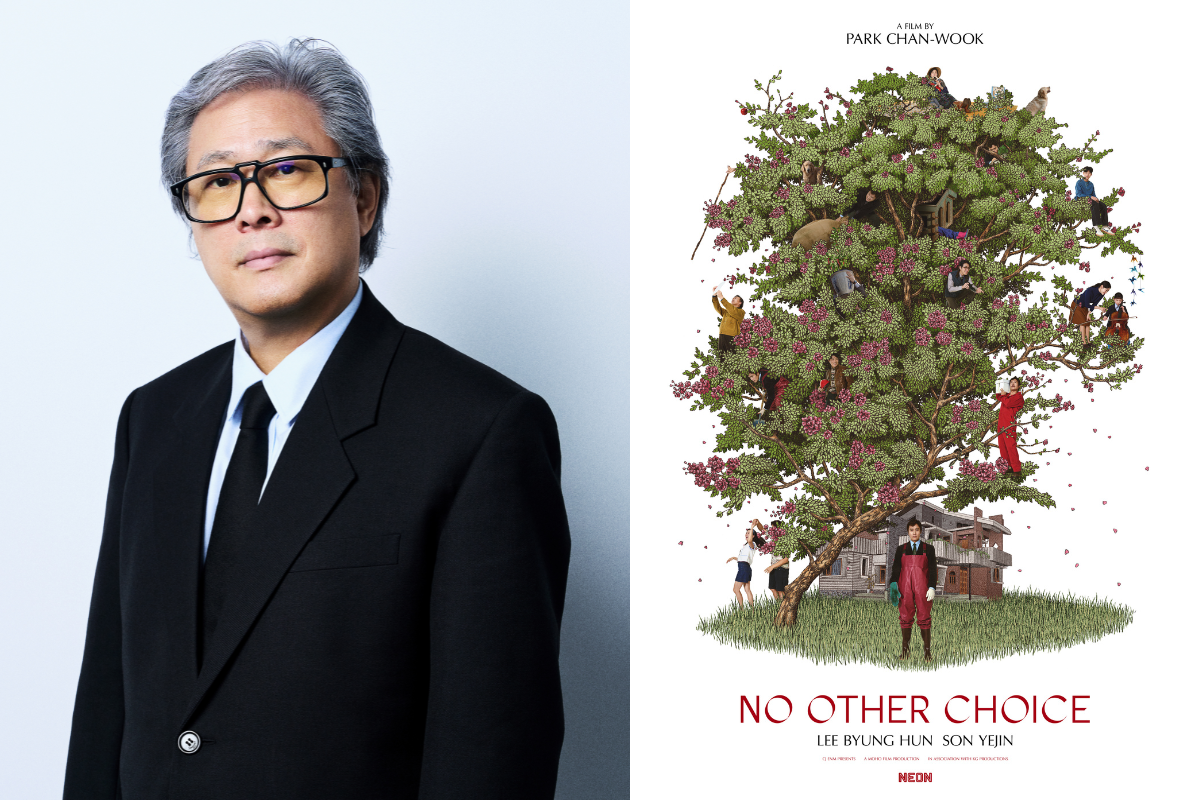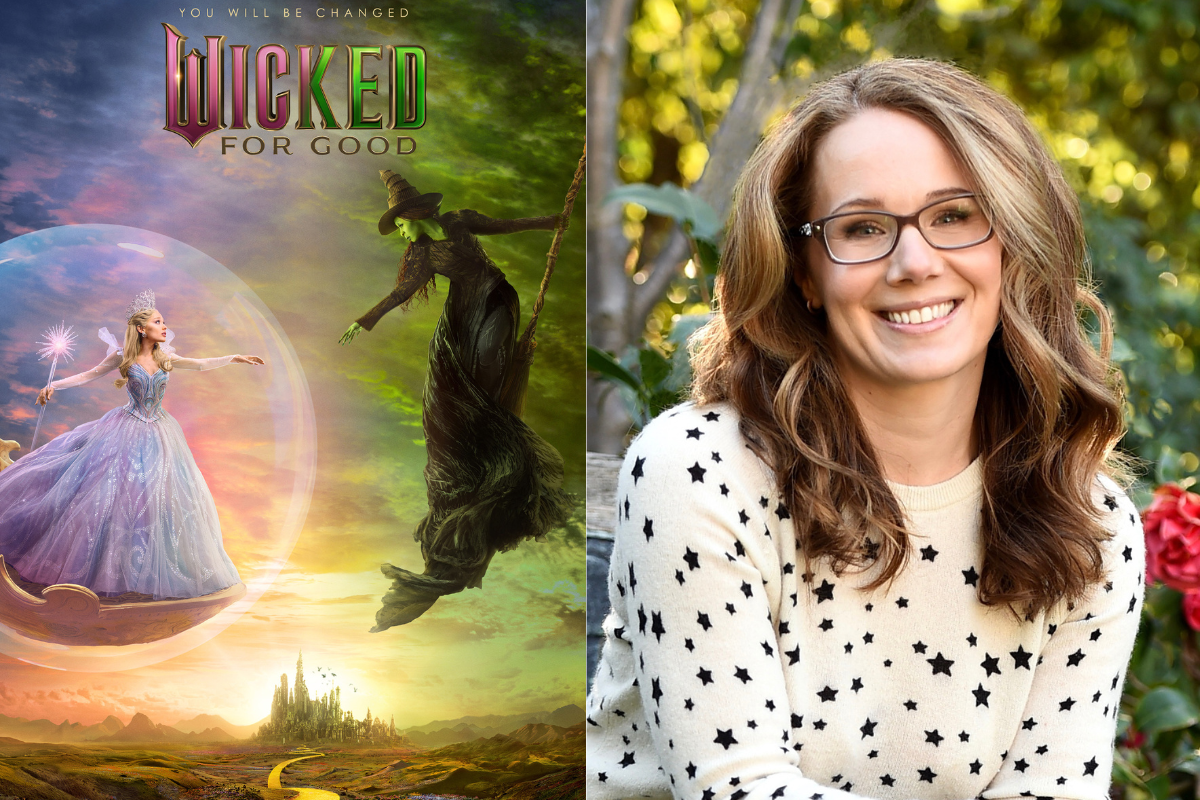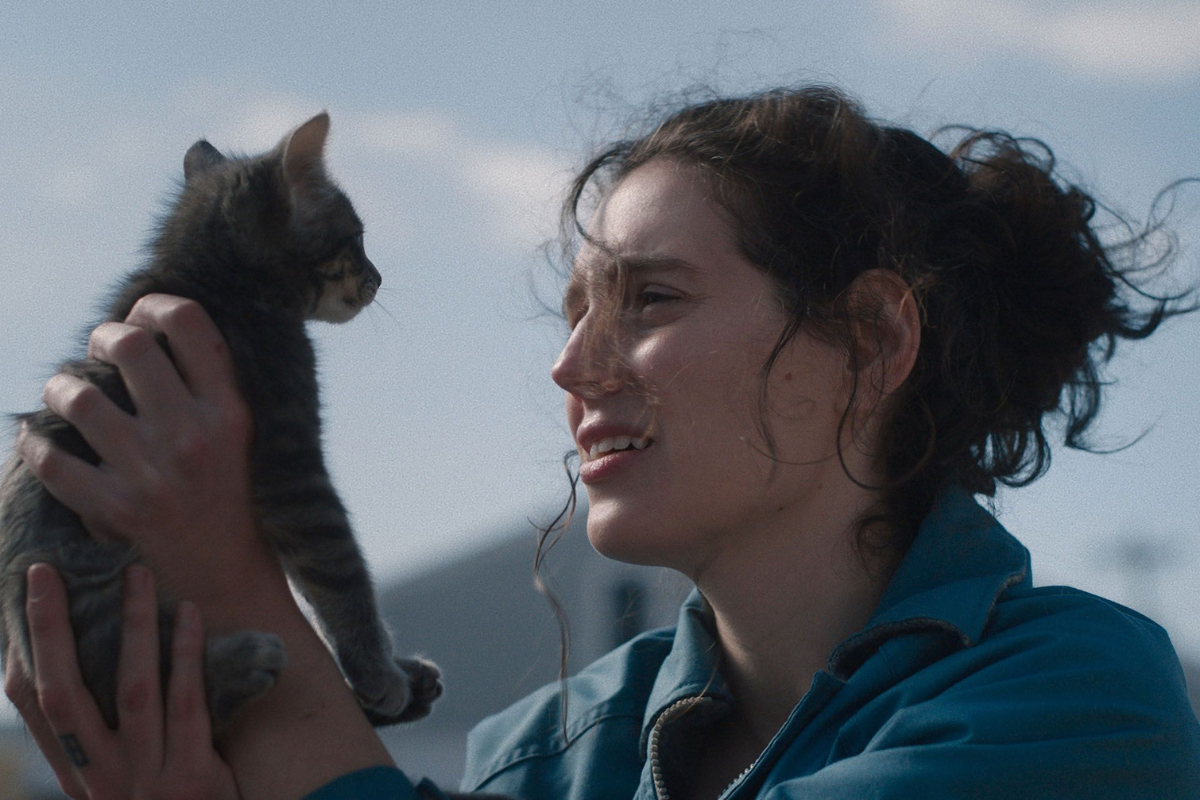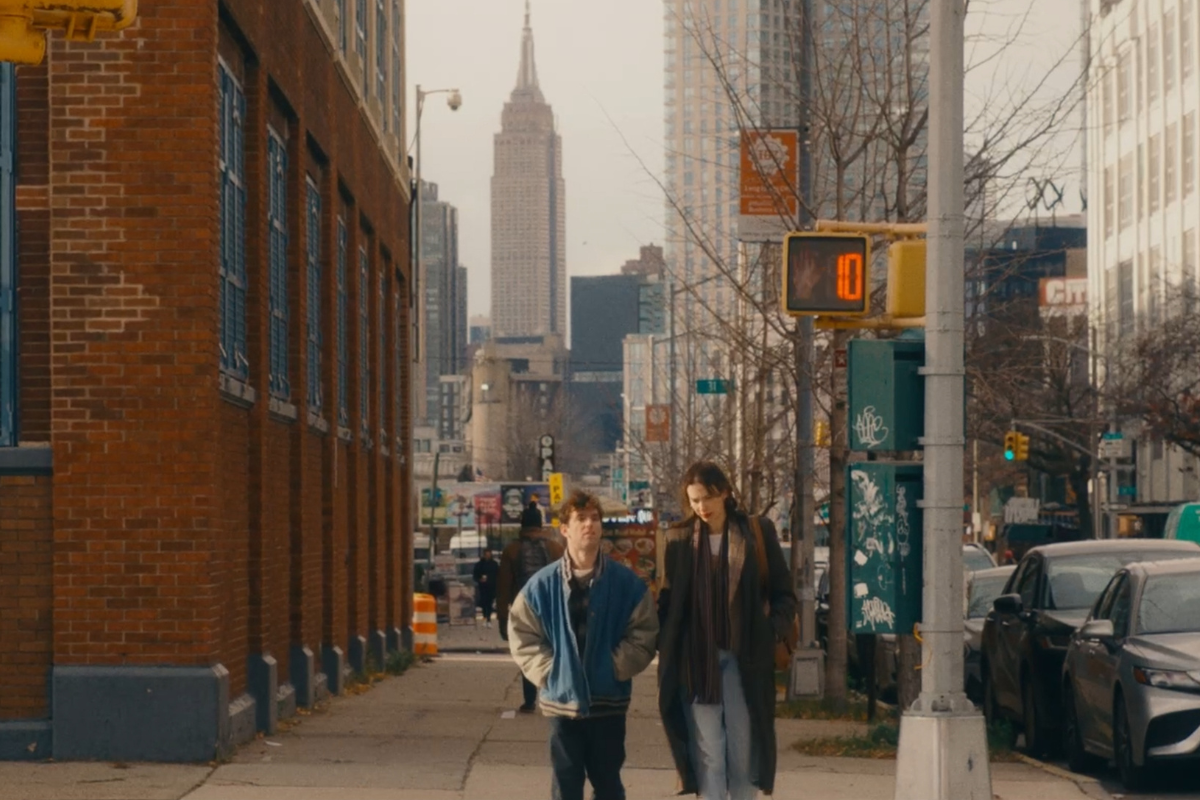Choose to Live in Joy: A Conversation with ‘Personality Crisis: One Night Only’ Documentary Filmmaker David Tedeschi
Tedeschi recently spoke with Script about how Johansen’s show was the impetus for the documentary, staying faithful to the show’s foundation, what he learned along the way about Johansen that surprised and intrigued him, and so much more. Plus, Tedeschi offers advice for first-time documentarians.
A portrait of musical iconoclast David Johansen from Martin Scorsese and David Tedeschi. From his days leading The New York Dolls to his reinvention as lounge lizard Buster Poindexter, David Johansen is a chameleonic one of a kind performer. Featuring a live performance at Café Carlyle in New York City, where he performs as Poindexter singing the Johansen songbook, along with new and archival interviews, the film is a testament to a lost New York and a performer who remains as fresh and exciting as ever.
The intimacy that David Tedeschi and Martin Scorsese capture of their subject matter, David Johansen/Buster Poindexter, in their latest music documentary Personality Crisis: One Night Only is all-consuming. The brilliance behind Johanesen's one night show is how Johansen presents his personal story through a carefully curated catalog of music paired with his anecdotes in-between songs, perfectly evokes the feeling of his rise and fall, to becoming a two-time "one hit wonder" while nestled in between Tedeschi and Scorsese's docu-storytelling capturing the wonder and the New York streets that informed Johansen - is a chef's kiss.
Old and new fans of the New York Dolls and Buster Poindexter will be pleasantly surprised by untold stories Johansen shares and the little moments in his lifetime that heavily influence him as an artist and in turn, influenced generations of artists.
Tedeschi recently spoke with Script about how Johansen's show was the impetus for the documentary, staying faithful to the show's foundation, what he learned along the way about Johansen that surprised and intrigued him, and so much more. Plus, Tedeschi offers advice for first-time documentarians.
This interview has been edited for content and clarity.
Sadie Dean: I'm so curious about just how you got started with this documentary and using his one night only show as the backbone. Did you know that you were going to frame your documentary around that show?
David Tedeschi: Absolutely. We went to see the show one night, Mara Hennessy, who's one of the executive producers, invited us to the show - David's wife, as you see in the movie - and we really didn't know what to expect. Both Marty [Scorsese] and I have seen David quite a lot, or Buster, quite a lot live. And when we saw the show, it was very different - David Johansen was very different energy - very different kind of show than anything I had seen before. It really knocked me out, I thought it was so beautiful. And Marty had really the same experience, I think, partially, he's such a great raconteur. I don't know that David is known for that, necessarily. And he tells a story of his life as he performs his songs. And it was beautiful. And when it finished Marty and I looked at each other, ‘We gotta do something. We need to document this show.’ And that's where it started.
Sadie: I love how he's also telling his story through a very well-curated song selection, 13 songs that just really ebb and flow of what his story is. When approaching this and finding that story, and landing on a thematic element that is both David and Buster, he quips in the film, “choose to live in joy” and we evolve into “maimed happiness” - how do you keep that throughline throughout this movie?
David: I don't know that I'm self-aware, or conscious enough of this is why we did the movie. Meaning I've always been tremendously attracted to David Johansen's music. I heard the Dolls when I was very young, I loved them… But you could say that period of New York, growing up in New York, he's so smart, and he had so many unexpected experiences. Whether it's Abbie Hoffman, or Charles Ludlam, I didn't know any of that. And I think that's one of the surprises of the film, this is a guy who's lived a really an amazing life, a surprising life.
And I'd also say he's a real connoisseur of all different kinds of music. David Johansen has a radio show on Sirius called “Mansion of Fun” maybe four or five hours every Sunday. And we listened to the show, Marty listens to it every single week. And that's extraordinary. I mean, he has such depth – it was very attractive to us that he has such knowledge about music. And I think it shows in his performances. And many of his passions are music related. Although again, as you've seen in the movie “maimed happiness” this guy reads a lot, and sees a lot of movies. And he's not a young man. And that's part of what's interesting is to see him evolve through the course of his stories.
Sadie: It’s like layers to an onion. He mentions this as well that he’s “a bug” – it’s kind of like he’s this cockroach of New York City that won’t die. [laughs]
David: [laughs] Well, I mean, that's the other thing. He's such a New Yorker. He's lived in New York almost his whole life, his experiences as a New Yorker, but also the way he talks. Like, when he says, “They looked at me like I was a bug” I only know people from New York who talk like that. You go to California, and I don't think people talk like that. They're not as direct or aggressive. [laughs]
Sadie: [laughs] Not at all. I really enjoyed this exploration of what inspires a person that has inspired so many people from artists to musicians and everything in between, how were you guys able to tap into that well?
David: We always tried to stay faithful to the show. When he talks about something in the show, we felt free to whether it's Harry Smith or Maria Callas to put it in. It's a cabaret performance. We were interested in performance; we were interested in how he learned to be a performer. And then we have these great interviews that Leah Hennessy did during the worst part of the pandemic when David and Mara were not really leaving their home. And Leah, their daughter, they were seeing her, so we thought, ‘Well, that's a good idea. Let's have her shoot the interview, let's see how it goes.’ And of course, it's a very different kind of interview. It's more of a conversation when it's your own daughter asking these questions. And of course, she knows a lot of things that I don't know about David's life, and he helped educate her, so she has a certain point of view about a lot of things that they share. So that was part of it.
So, something like all the Abbie Hoffman stories, and Up Against the Wall Motherfucker people talking about Abbie Hoffman, because it's so famous, but Up Against the Wall Motherfucker’s no one really seems to have heard of anymore, but they were a more radical group. And David being 18 years old, living in East Village, these are the sorts of people he would meet or become friends with or having experience with.
The one thing I really loved was he told the story of meeting Abbie Hoffman, being friends with Abbie Hoffman, and then going to Staten Island to find a tree that they could plant in the middle of St. Mark's place, and it's just happening as a protest of sorts. And I'm like, could this really have happened? And you know, I do a search in the New York Times, and you know, there's a headline “500 Hippies Plant a Tree”. And you read the description of the day, it's like it was a different world; Sheila, the Slum Goddess, sang at the event, the diggers were there handing out free yogurt - it's not like the St. Mark's place of today.
Sadie: Yeah, and I loved that his daughter was there as the insider for you guys to capture those little things that are big, like looking at his songbook - I feel like If it were you sitting there behind the camera he’d be like, “Move on.”
David: Yes, for sure.
Sadie: With your background as an editor, how much of that skill set is coming to play when you are directing and figuring out what you're going to capture, especially down to how many cameras you’ll use to shoot the live performance?
David: Well, obviously, Martin Scorsese has a long career of capturing live performances. And we hired Ellen Kuras, but we've worked with Ellen Kuras a lot. The venue is very small, you couldn't have more than four cameras...most of the handheld stuff you see is Ellen's. I'd say that we have a point of view about capturing live performance, we don't want to cut too much.
I would say not so much as an editor, but I started to work with Martin Scorsese 20 years ago, and I learned a lot from him about music and about music film, and about capturing live performances. I edited a film he directed called Shine a Light, where we had eighteen 35 millimeter cameras, two technocranes, we did not have that here. [laughs] But, we had a team of four amazing camera operators. We had Ellen as a DP, and we had them on headphones. [laughs] And we did the best we could.
Sadie: I can only imagine how tight that space is on top of a four-piece band and full audience. You do capture that intimacy with his band and the connection he has with them. And his drummer who's just this fun character to watch.
David: Ray is so great. And Brian Koonin the guitar player. David's worked with him for years and years and years. And he helps David arrange - he's the arranger. But also, you look at that Conan clip of “Personality Crisis” and Brian is there with a mullet and he's a much younger man. And I think that says it all.
Sadie: It really does. For first-time documentarians, any advice on how to either communicate with a subject matter to just even know when you’ve found the heart of the story?
David: That's a tough one. I would just say trust your own judgment. A lot of people come to me who are fundraising for documentaries, and ask me about editing documentaries, like, how do you do it? What do you do? And every film we've worked on, it's been significantly different.
There's not sort of one plan. But I do say to them, cut scenes, cut three scenes, cut four scenes - you have no idea how useful they are. It could be a performance, it could be backstage…it could be anything, but I want it to be entertaining and I want it to knock my socks off. And I want you to find it in some way deeply interesting that that guy or that conflict, or that woman or that family, or that band - that it's going to mean something to you.
Personality Crisis: One Night Only debuts on SHOWTIME Friday, April 14 at 8PM ET/PT.
Learn more about the craft and business of screenwriting and television writing from our Script University courses!
Sadie Dean is the Editor of Script Magazine and writes the screenwriting column, Take Two, for Writer’s Digest print magazine. She is also the co-host of the Reckless Creatives podcast. Sadie is a writer and filmmaker based in Los Angeles, and received her Master of Fine Arts in Screenwriting from The American Film Institute. She has been serving the screenwriting community for nearly a decade by providing resources, contests, consulting, events, and education for writers across the globe. Sadie is an accomplished writer herself, in which she has been optioned, written on spec, and has had her work produced. Additionally, she was a 2nd rounder in the Sundance Screenwriting Lab and has been nominated for The Humanitas Prize for a TV spec with her writing partner. Sadie has also served as a Script Supervisor on projects for WB, TBS and AwesomenessTV, as well as many independent productions. She has also produced music videos, short films and a feature documentary. Sadie is also a proud member of Women in Film.
Follow Sadie and her musings on Twitter @SadieKDean







